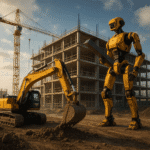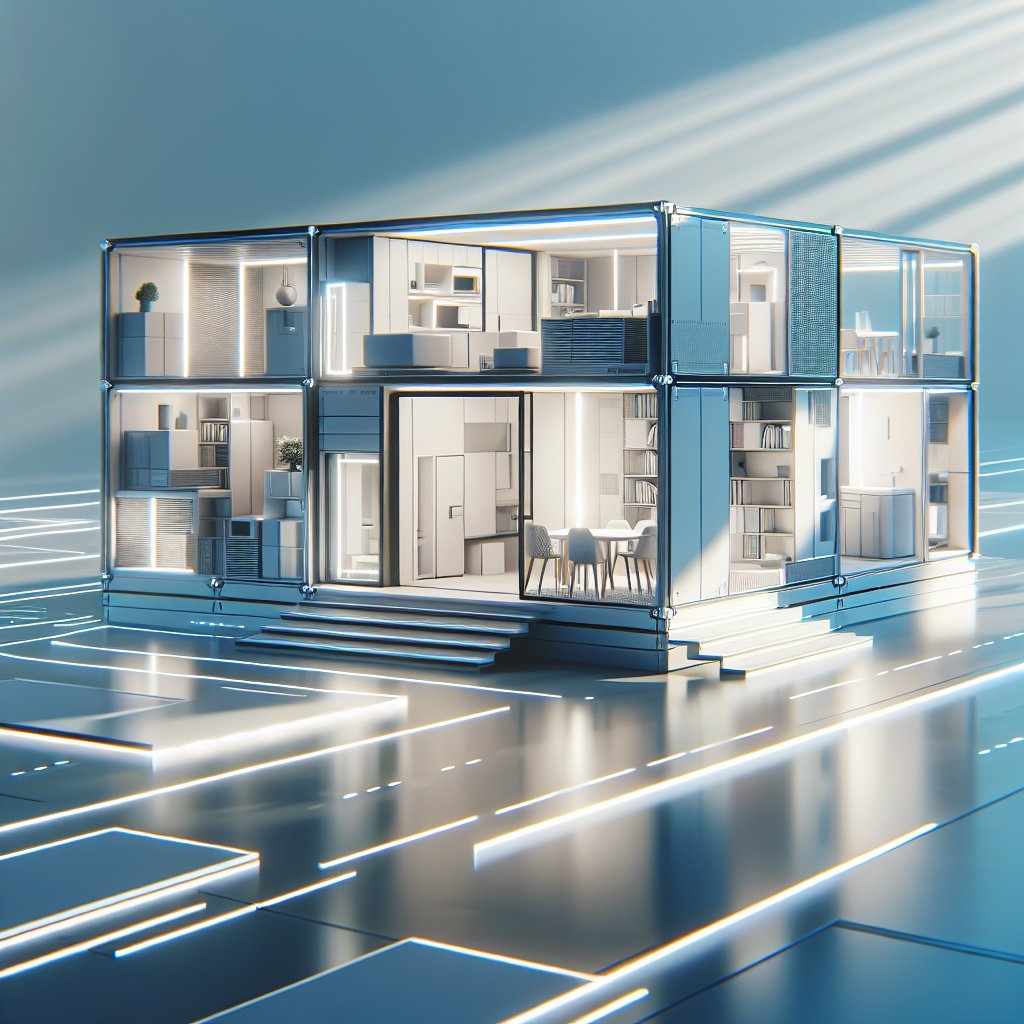As we look towards the future of housing, the concepts of minimalism, modularity, and mobility are becoming increasingly significant. These ideas are not just trends but are shaping the way we think about living spaces in a rapidly changing world. With urbanization, environmental concerns, and technological advancements at the forefront, futuristic architecture is evolving to meet the needs of modern society. This article delves into how these three principles are influencing the design and functionality of future homes.
Minimalist Design: Less is More
Minimalism in architecture is more than just an aesthetic choice; it is a lifestyle that emphasizes simplicity and functionality. The minimalist approach to housing focuses on reducing clutter and creating spaces that are both efficient and serene. This design philosophy is rooted in the belief that a simpler environment leads to a clearer mind and a more sustainable way of living.
One of the key aspects of minimalist architecture is the use of open floor plans. By eliminating unnecessary walls and partitions, these designs create a sense of spaciousness and fluidity. Natural light is maximized through large windows and skylights, reducing the need for artificial lighting and enhancing the connection between indoor and outdoor spaces.
Materials play a crucial role in minimalist design. Architects often choose sustainable and durable materials such as concrete, glass, and wood, which not only contribute to the aesthetic but also ensure longevity and minimal maintenance. The color palette is typically neutral, with whites, grays, and earth tones dominating the scene, allowing the architecture itself to take center stage.
Incorporating technology is another hallmark of minimalist homes. Smart home systems are seamlessly integrated to control lighting, temperature, and security, all while maintaining the clean lines and uncluttered appearance that define this style. The result is a home that is not only beautiful but also highly functional and efficient.
Modular Architecture: Building Blocks of the Future
Modular architecture is revolutionizing the construction industry by offering a flexible and cost-effective solution to housing. This approach involves creating prefabricated modules that can be easily transported and assembled on-site, significantly reducing construction time and waste.
The modular design allows for a high degree of customization. Homeowners can choose from a variety of modules to create a layout that suits their needs, whether it’s a compact studio or a sprawling family home. This flexibility extends to the ability to add or remove modules as needs change, making modular homes an ideal choice for those seeking adaptability.
One of the most significant advantages of modular architecture is its sustainability. The controlled environment of a factory setting allows for precise construction, minimizing material waste and energy consumption. Additionally, many modular homes are designed with energy efficiency in mind, incorporating features such as solar panels, rainwater harvesting systems, and high-performance insulation.
Modular homes are also well-suited to address the challenges of urbanization. As cities become more crowded, the ability to quickly and efficiently construct housing is crucial. Modular construction can be used to create high-density housing solutions that are both affordable and environmentally friendly, helping to alleviate the pressure on urban infrastructure.
Mobile Living: Homes on the Move
The concept of mobile living is gaining traction as people seek more freedom and flexibility in their lifestyles. Mobile homes, tiny houses on wheels, and even converted vehicles offer a unique solution for those who wish to live a nomadic lifestyle without sacrificing comfort or style.
Mobile living spaces are designed to be compact and efficient, often incorporating multifunctional furniture and clever storage solutions to maximize space. Despite their small size, these homes are equipped with all the necessary amenities, including kitchens, bathrooms, and sleeping areas, making them fully functional living spaces.
One of the main appeals of mobile living is the ability to change locations at will. This lifestyle is particularly attractive to those who work remotely or have a desire to explore different parts of the world. Mobile homes can be parked in a variety of settings, from urban environments to remote natural landscapes, offering a level of freedom that traditional housing cannot match.
Environmental consciousness is also a driving force behind the mobile living movement. Many mobile homes are designed to be off-grid, utilizing renewable energy sources such as solar power and composting toilets to minimize their ecological footprint. This aligns with the growing trend towards sustainable living and a desire to reduce one’s impact on the planet.
Conclusion: A New Era of Housing
The future of housing is being shaped by the principles of minimalism, modularity, and mobility. These concepts are not only redefining the way we design and build homes but also how we live in them. As we continue to face challenges such as urbanization, climate change, and technological advancements, these innovative approaches offer solutions that are both practical and inspiring.
Minimalist design encourages us to live with less, focusing on what truly matters and creating spaces that promote well-being and sustainability. Modular architecture provides the flexibility and efficiency needed to meet the demands of a growing population, while mobile living offers the freedom to explore and adapt to an ever-changing world.
As we embrace these new paradigms, the future of housing promises to be more dynamic, sustainable, and attuned to the needs of individuals and communities alike. The possibilities are endless, and the journey towards a more innovative and adaptable way of living has only just begun.










